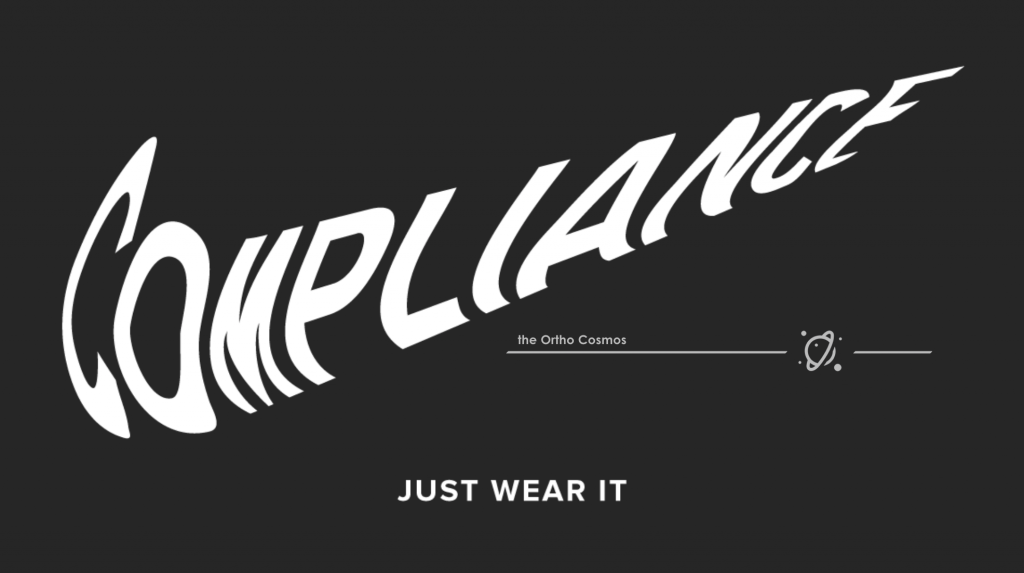Orthodontic treatment is not just technical steps and mechanotherapy. It is a human process, where the doctor and team have to leverage human behavior and motivation to gain an orthodontic result. When it comes to treating patients with clear aligner therapy, compliance is a key step for a successful outcome. Even with fixed appliance therapy and “non-compliance” appliances, a patient who follows instructions and proper care of the appliances still needs to be informed on potential ares of friction that may affect their lifestyle and lead to issues with treatment.
Compliance doesn’t just happen, it should be a fostered in our practices. Gaining proper compliance is a system in the office that should follow some basic premises:
People only do what they want to do
Fortunately, we work in an industry where patients elect to see us. Orthodontic treatment is a choice, and that in itself motivates patients to follow the treatment regimen and reach the outcome that is desired. Within the parameters of improving health and esthetics, it’s important to give patients what they are looking to achieve. Do you offer patients the path that they prefer to achieve that outcome?
Set expectations
In order to gain compliance, patients have to understand what they are complying to. Without proper communication and informed decisions, proper implementation can only be wished for. I have found the best way to set expectations is by reviewing a written success agreement. This standardizes what team members discuss with each patient, and is signed by the patient to clearly spell out those is expected to achieve the best outcome.
Difficult actions breed inaction
Better compliance is achieved by offering a path of least resistance. Taking difficult steps to achieve an outcome will lead many to path of discouragement and frustration. By simplifying a process, compliance increases. Keep this in mind when developing your clinical systems and patient instructions. Complicating habits such as aligner wear, oral hygiene and elastics will discourage patients from following the recommended actions. By giving simple instructions and easier steps, you can avoid analysis paralysis.
The power of trust
Gaining influence with patient behavior is best achieved in a relationship built on trust. Human relationships thrive in the presence of trust. This applies to our team members, our significant others, and our patients. When it comes to patients, trust is fostered saying what we do, and doing what we say. For example, if you claim your office runs on time, and you constantly run late, trust is broken and patients will not comply with office requests.
Things get done one step at a time (the Kaizen way)
If you want to achieve something, you have to gain momentum and even small steps help us achieve tremendous things by promoting a philosophy called Kaizen.
All changes, even positive ones, are scary. Attempts to reach goals through radical or revolutionary means often fail because they heighten fear. But the small steps of kaizen disarm the brain’s fear response, stimulating rational thought and creative play.” – One Small Step Can Change Your Life, Robert Mauer, PhD
Setting up systems for patients to take small steps to a successful outcome have been shown to improve productivity and success in achieving changes. Perhaps next time you plan on nurturing patient compliance, you will consider the Kaizen way.
Reward and encourage
Orthodontic treatment is a series of goals and achievements. It is important to acknowledge and congratulate patients of what they have achieved. Humans seek out outside recognition, and rewarding with praise and acknowledgement are very effective drivers to patient motivation.
Compliance cannot be achieved 100% of the time, but without implementing a process to nurture positive behavior, it relies solely on luck and threats. This can lead to anger and disappointment. It is not only important for us doctors to be involved, but encourage team members to be proactive with compliance.

Leave a Reply